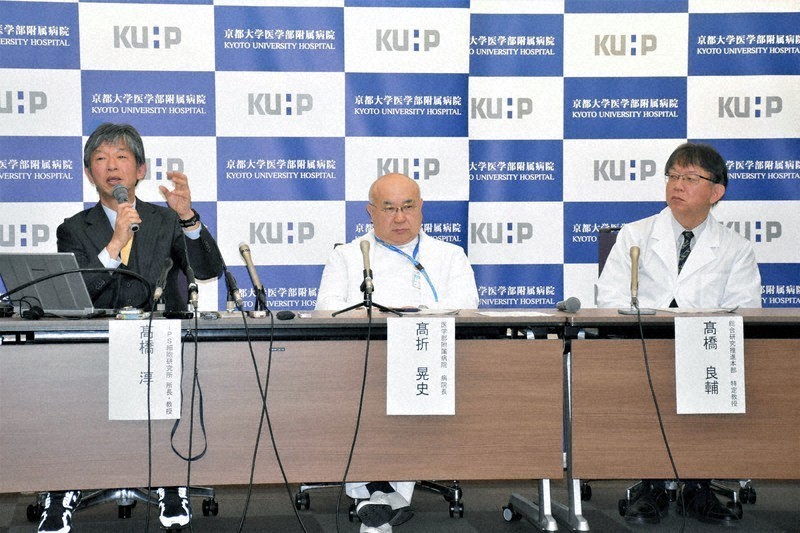Editorial: Japan's Race to Commercialize iPS Cell Therapy: Overcoming Challenges Crucially

Studies utilizing induced pluripotent stem (iPS) cells have been yielding increasingly promising outcomes. With great anticipation from those battling severe diseases and their loved ones, there is hope for rapid advancements in bringing this technology into everyday clinical practice.
A study led by researchers at Kyoto University involving Parkinson’s disease patients revealed improvements in the condition of some participants who received nerve cells derived from induced pluripotent stem (iPS) cells. In another trial focused on Type 1 diabetes patients, the introduced cells were engineered to produce insulin, which helps regulate blood glucose levels.
For the first time globally, researchers at Keio University conducted a clinical trial utilizing iPS cells on individuals suffering from spinal cord injuries, resulting in improved mobility for several participants. Then, in April, an Osaka University-affiliated startup submitted an application to the Ministry of Health, Labour and Welfare seeking permission to produce and supply heart muscle sheets created from iPS cells as part of treatments for cardiac conditions—a pioneering move representing the initial use case for such regenerative therapy products based on iPS cell technology.
These breakthrough findings address conditions that were once challenging to manage effectively. Throughout the research period, no safety concerns emerged, indicating that these advancements bring us nearer to implementing this technology practically.
Due to their capacity to differentiate into multiple tissue types, induced pluripotent stem (iPS) cells have garnered significant attention for their potential to restore functions impaired by diseases. Professor Shinya Yamanaka from Kyoto University, who pioneered these cells, received the Nobel Prize in Physiology or Medicine.
Nevertheless, there are still obstacles that need to be addressed.
Boosting the effectiveness of treatments using iPS-derived cells could increase cancer risk. Since these are living cells rather than medications, their quality can differ significantly. Thorough inspections are essential.
Additional verification of the effectiveness of the iPS-based therapy is still needed. Up until now, clinical trials and studies have shown varying outcomes for different individuals.
Because of the substantial development expenses, individuals receiving this treatment will likely encounter significant costs. With limited patient cases available relative to typical new medications, gathering sufficient data could prove challenging.
Companies seeking to commercialize the regenerative medicine products are likely to use a system allowing them to hit the market for a set period on condition that the firms acquire additional data on their efficacy, among other requirements. The system is unique to Japan, enabling applications for marketing drugs once their efficacy can be estimated.
Although the authorization for these items is regarded as a simple "interim approval," it has the potential to result in treatments being available shortly.
It is hoped that Japan will continue to steadily resolve challenges and make its world-leading technology flourish as a medical revolution.
Post a Comment for "Editorial: Japan's Race to Commercialize iPS Cell Therapy: Overcoming Challenges Crucially"